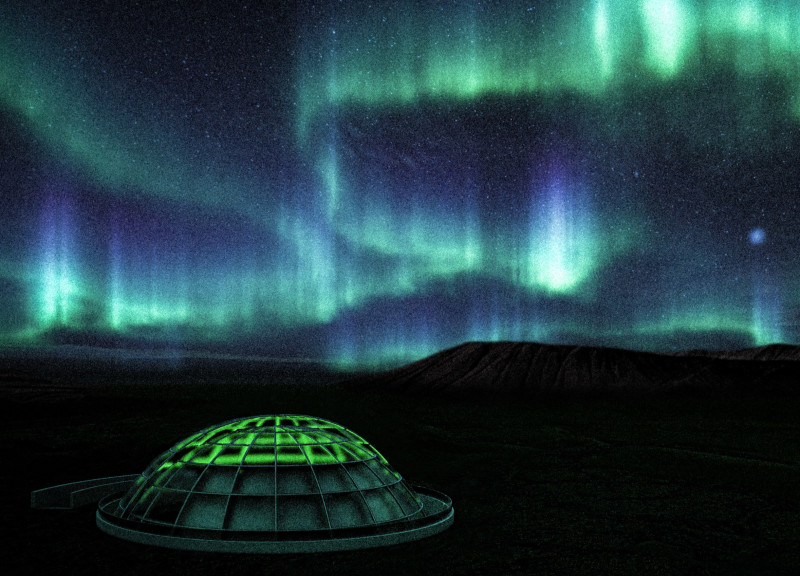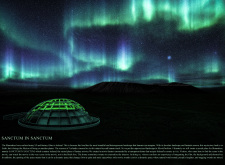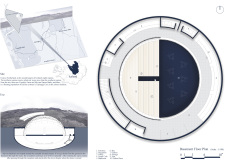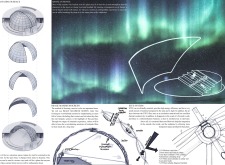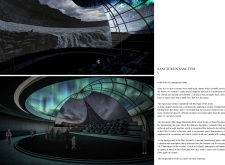5 key facts about this project
The primary function of the project serves as a multifunctional space that accommodates diverse activities, catering to both communal and private needs. This duality in functionality informs many design decisions, resulting in an adaptable framework that is capable of supporting a range of events and uses. The layout is meticulously organized to facilitate circulation and interaction among visitors while providing secluded areas for reflection or individual use.
In terms of materiality, the project employs a carefully selected palette that enhances its design language. Local materials form the backbone of this architectural endeavor, showcasing the area's unique geological and cultural heritage. The inclusion of materials such as reclaimed wood, natural stone, glass, and sustainable composites reflects a commitment to environmental stewardship and durability, aligning the project with contemporary sustainable design practices. Each material has been chosen not only for its aesthetic properties but also for its performance characteristics, ensuring the structure’s longevity and minimal maintenance requirements.
Key architectural details include expansive windows that optimize natural light, creating an inviting and warm atmosphere indoors. These large apertures also facilitate cross-ventilation, promoting airflow throughout the building and reducing reliance on mechanical climate control systems. The roof design features overhangs that provide shade and protection from the elements while contributing to the overall silhouette of the building, which is both modern and understated.
Unique design approaches are evident throughout the project's execution, particularly in the way it addresses environmental concerns and local climate conditions. By integrating passive design strategies, such as thermal mass and orientation, the architecture seeks to minimize energy consumption, illustrating a forward-thinking approach that prioritizes ecological responsibility. Additionally, the landscaping surrounding the project is designed to be both functional and aesthetically pleasing, with native plants selected to enhance biodiversity while reducing irrigation needs.
The interplay between indoor and outdoor spaces is a focal point of the design philosophy. The project includes accessible outdoor areas that encourage social engagement and community participation, showcasing an understanding of the social dynamics that architecture can foster. This fluid transition between spaces not only enhances the user experience but also underscores the project's commitment to inclusivity.
As an architectural expression, the project stands out for its thoughtful integration of form and function, as well as its response to site-specific challenges. Every aspect of the design has been considered to increase usability while offering a meaningful sense of place. This distinctive approach to architecture invites viewers to contemplate not only the built environment but also how it interacts with its surroundings.
For those interested in a deeper exploration of this project, reviewing the architectural plans, sections, and various design elements will provide valuable insights into the methodologies employed and the philosophical underpinnings that shape its conception. Engaging with these materials will enhance your understanding of architecture's role in creating spaces that are both functional and enriching.


